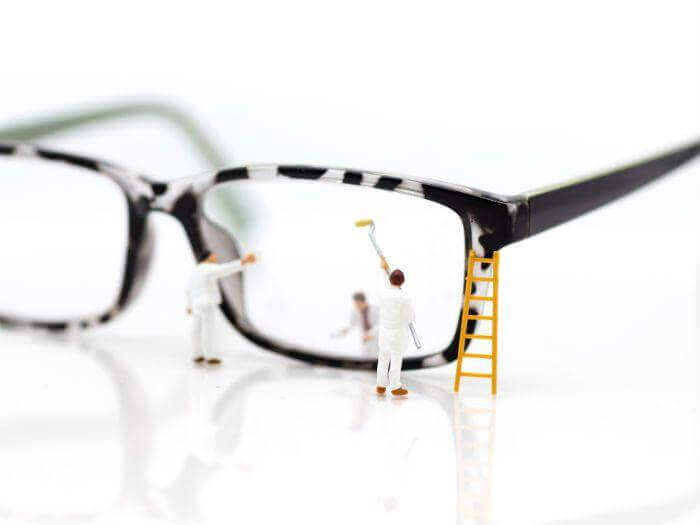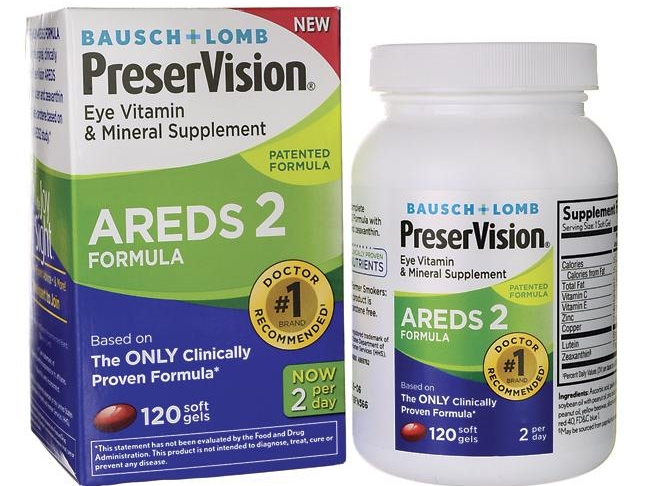Computer Vision Syndrome: What You Didn’t Know
/One unfortunate reality of modern living is that, whether for work or leisure, most of us spend the majority of our days on the computer —and that puts a huge strain on our eyes.
For one thing, Computer Vision Syndrome can severely impact our productivity…
Research has shown that our productivity decreases significantly when our eyes are tired —by 10-20%— depending on whether you’re looking at the University of Alabama, Birmingham or the PRIO study.
It isn’t likely that we’re going to be spending any less time using our devices as a society, so how can we lessen the negative effects of computer vision syndrome on our health and eyesight?
To answer that question, we’re going to need to take a quick detour and improve our understanding of what, exactly, computer vision syndrome is.
What is Computer Vision Syndrome?
As we spend more time on the computer now than ever, our eyes are feeling the strain.
Computer eye strain is becoming more prevalent, even in a younger population.
At its core, computer eye strain is caused by a combination of 3 things:
Dryness
There are a number of factors that cause dry eye at the computer.
The first factor is that your blink rate decreases by as much as half the normal at the computer. This causes increased tear evaporation between blinks.
Often times, we work in temperature controlled environments with air conditioners blowing on us at the office. This further exacerbates the problem.
Glare and blue light
Glare is created by reflected light from the glass screen.
Images on the computer (desktop, laptop, tablet or phone) sit behind a layer of glass that reflects ambient light.
Computer LCD screens also produce a lot of blue light that can negatively affect your circadian rhythm (also known as your body clock) and impair your ability to fall asleep.
Eye muscle fatigue
Eye muscles are in their relaxed state when they are focused far away.
In order to look at a computer screen, the muscles have to flex to focus light, and hold that focus for hours at a time. This causes muscle fatigue.
As a whole, Computer Vision Syndrome is actually not one specific problem. It can be difficult to pin down but it actually covers a whole range of symptoms including headaches, blurry vision and and pain; so what are the symptoms?
Computer Vision Syndrome Symptoms
Eye discomfort
Headaches
Sore, tired, burning or itchy eyes
Difficulty focusing
Watery eyes
Dry eyes
Blurred or double vision
Increased sensitivity to light
Eye fatigue is the number one complaint of office workers.
Research shows that between 50% and 90% of people who work at a computer screen have at least some symptoms. It is predominantly caused dry eye and extra strain in focusing up close to LCD displays for long periods of time.
Fortunately, both are correctable with a few easy tricks and some updated technology.
Next, we’ll discuss some of the many great solutions to alleviate these symptoms and issues, including computer specific or pc glasses lenses, anti-reflective coatings, and eye drops to improve comfort and vision.
Computer Safety Tips for the Modern World
In no particular order, here are some things you can do to lessen the strain you put on your eyes when you’re using computers for long periods of time:
Wear a pair of PC glasses
Computer specific glasses or PC glasses, relieve your eye muscles by giving you a range in focus optimized for the computer work station.
Get anti-glare lens coatings
Anti-glare coatings, like Crizal Prevencia, cut down on reflected overhead light and excessive high energy blue light emitted from the monitor.
Take more breaks
Dry eye can be combated most easily by taking more frequent breaks. Even 30 second every half hour allows your eyes to resume your normal blink rate and lubricate the ocular surface.
To learn more about how to protect your eyes from Computer Vision Syndrome, check out this great YouTube video by WatchMojo
Use artificial tear eye drops
Artificial tears such as Systane Balance also work very well to help increase the tear volume.
Use near-variable focus glasses
Near variable focus glasses lenses are a whole new category of lens that are becoming more prevalent in the optical marketplace. Rather than traditional progressive multifocal glasses that optimize vision for distance and near viewing distances, near variable focus lenses have a large viewing area for the intermediate zone where most of spend the majority of our days.
It is helpful to understand the increased strain we put on our eyes at the computer, hopefully these tips can help alleviate your eye and vision strain.

































